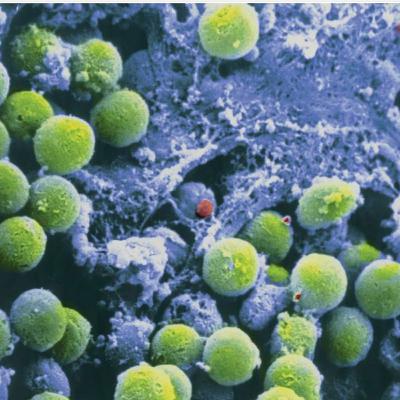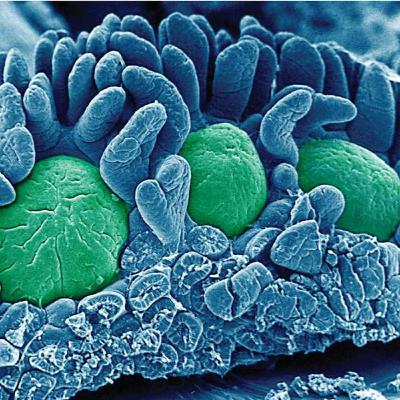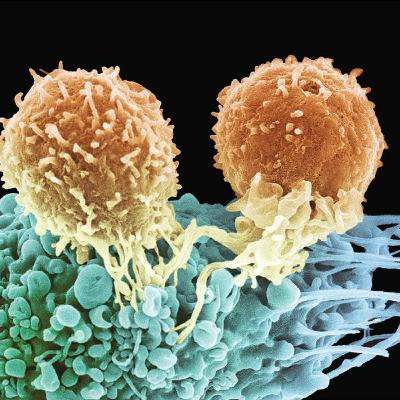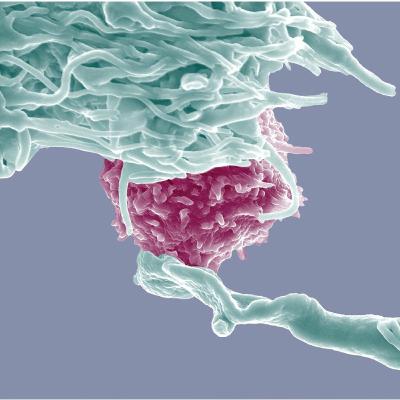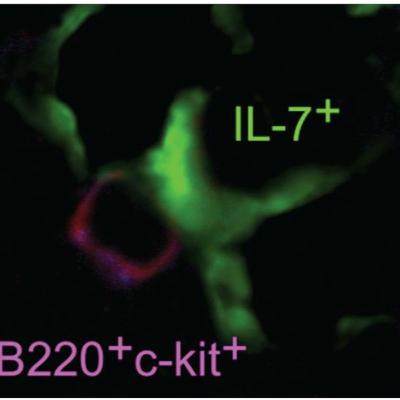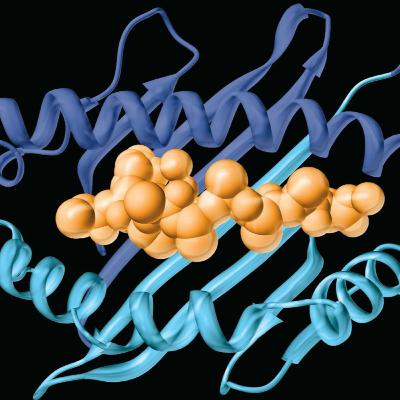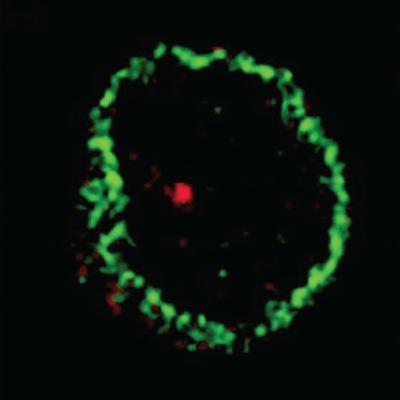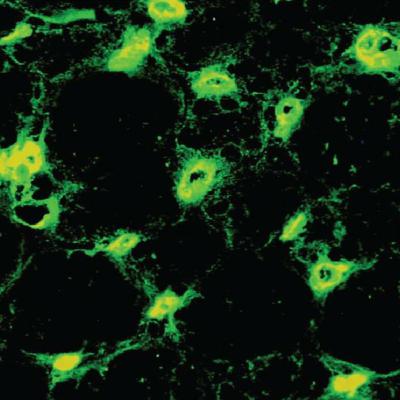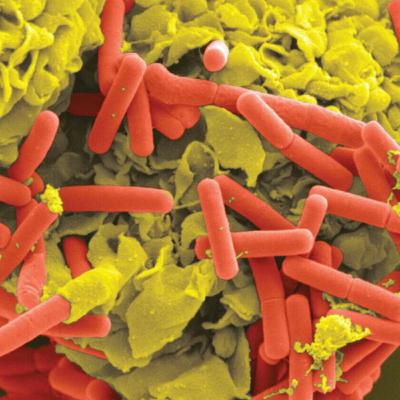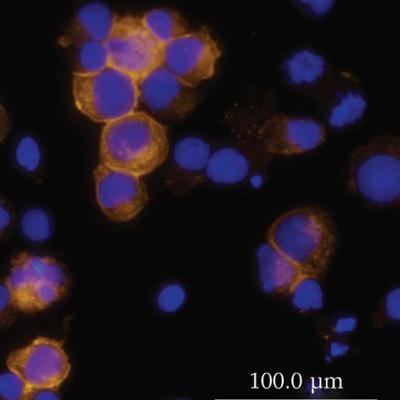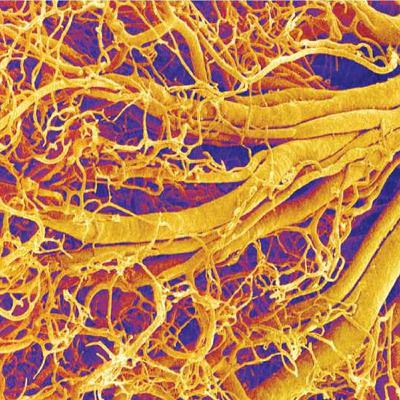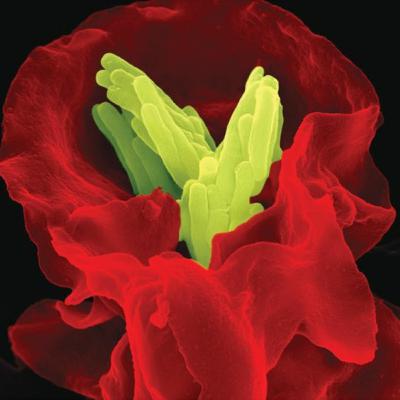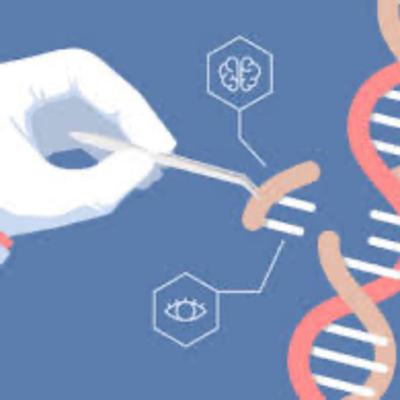T-Cell Development (Immunology part 8)
Description
Mature T lymphocytes possess a diverse T-cell receptor (TCR) repertoire that is self-tolerant while being restricted to self-MHC. This delicate balance is achieved through a series of stringent selection processes in the thymus, akin to natural selection in evolution. T cells, or thymocytes, originate from multipotent CD4-CD8- precursors that migrate from the bone marrow to the thymus, where Notch signaling commits them to the T-cell lineage. Immature thymocytes proliferate, upregulate CD4 and CD8, and undergo random TCR gene rearrangements, generating a vast and diverse pool of double-positive (DP) thymocytes, each expressing a unique TCR.
The fate of a DP thymocyte is determined by the affinity of its TCR for self-peptide/MHC complexes encountered while interacting with stromal cells in the thymus's cortex and medulla. DP thymocytes that fail to bind peptide/MHC complexes with sufficient affinity undergo death by neglect, which is the fate of the majority (>90%) of DP thymocytes. Those that bind peptide/MHC complexes with intermediate affinity undergo positive selection, allowing them to travel from the cortex to the medulla and complete maturation into single-positive (SP) CD4 or CD8 T cells. Conversely, DP thymocytes with very high-affinity binding undergo negative selection.
Positive selection occurs exclusively through interactions between thymocytes and cortical thymic epithelial cells (cTECs). In contrast, negative selection is mediated by various cell types in both the cortex and medulla and targets thymocytes during both the DP and SP stages. Notably, medullary thymic epithelial cells (mTECs) uniquely present antigens expressed by other tissues, playing a critical role in eliminating tissue-specific autoreactive T cells from the repertoire. However, the mechanisms that remove autoreactive T cells during development, known as central tolerance, are not entirely foolproof and can leave gaps in immune regulation.

